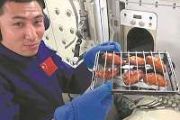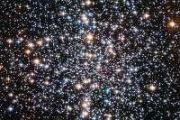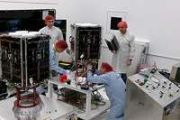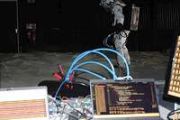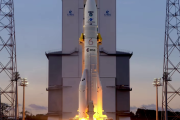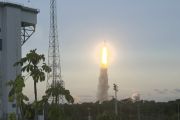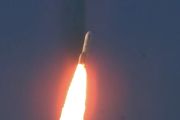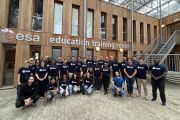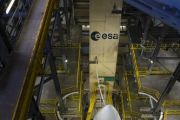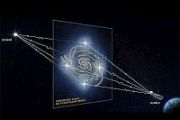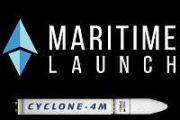
Copernical Team
New US military branch gets its own intelligence wing
 The wing itself is an interim organisation, which will eventually be transformed into the National Space Intelligence Center, taking over part of the activities which at present are carried out by the National Air and Space Intelligence Center.
US Space Force has established its own intelligence group, called Space Force Intelligence Activity (SFIA), which will be based at the Wright-Patte
The wing itself is an interim organisation, which will eventually be transformed into the National Space Intelligence Center, taking over part of the activities which at present are carried out by the National Air and Space Intelligence Center.
US Space Force has established its own intelligence group, called Space Force Intelligence Activity (SFIA), which will be based at the Wright-Patte China's space station worth ever Yuan
 The three Chinese astronauts who are now on board Tianhe, the core module of Tiangong space station, will work and live there for about six months. This is the longest mission so far for Chinese astronauts.
The progress of China's manned space endeavors is evident. Eighteen years after sending its first astronaut into space, the country is building its own space station as a platform for h
The three Chinese astronauts who are now on board Tianhe, the core module of Tiangong space station, will work and live there for about six months. This is the longest mission so far for Chinese astronauts.
The progress of China's manned space endeavors is evident. Eighteen years after sending its first astronaut into space, the country is building its own space station as a platform for h Russians return to Earth after filming first movie in space
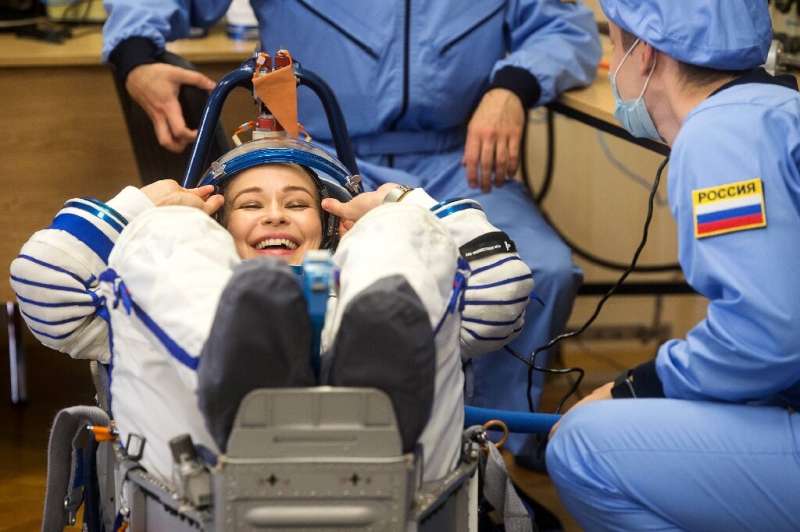
A Russian actress and a film director returned to Earth Sunday after spending 12 days on the International Space Station (ISS) shooting scenes for the first movie in orbit.
Yulia Peresild and Klim Shipenko landed as scheduled on Kazakhstan's steppe at 0436 GMT, according to footage broadcast live by the Russian space agency.
They were ferried back to terra firma by cosmonaut Oleg Novitsky, who had been on the space station for the past six months.
"The descent vehicle of the crewed spacecraft Soyuz MS-18 is standing upright and is secure. The crew are feeling good!" Russian space agency Roscosmos tweeted.
The filmmakers had blasted off from the Russia-leased Baikonur Cosmodrome in ex-Soviet Kazakhstan earlier this month, travelling to the ISS with veteran cosmonaut Anton Shkaplerov to film scenes for "The Challenge".
Russian crew return to Earth after filming first movie in space

A Russian actress and a film director returned to Earth Sunday after spending 12 days on the International Space Station (ISS) shooting scenes for the first movie in orbit.
Yulia Peresild and Klim Shipenko landed as scheduled on Kazakhstan's steppe at 0436 GMT, according to footage broadcast live by the Russian space agency.
They were ferried back to terra firma by cosmonaut Oleg Novitsky, who had been on the space station for the past six months.
"The descent vehicle of the crewed spacecraft Soyuz MS-18 is standing upright and is secure. The crew are feeling good!" Russian space agency Roscosmos tweeted.
The filmmakers had blasted off from the Russia-leased Baikonur Cosmodrome in ex-Soviet Kazakhstan earlier this month, travelling to the ISS with veteran cosmonaut Anton Shkaplerov to film scenes for "The Challenge".
New crew docks at China's first permanent space station
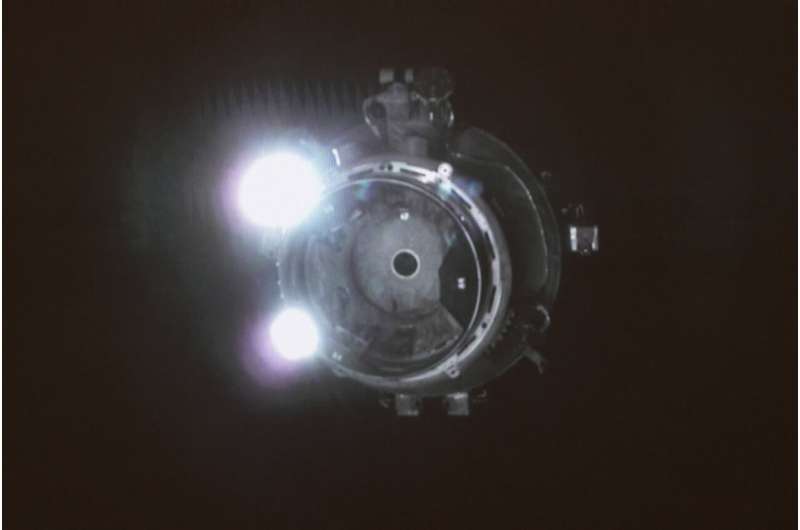
NASA's asteroid hunter Lucy soars into sky with diamonds
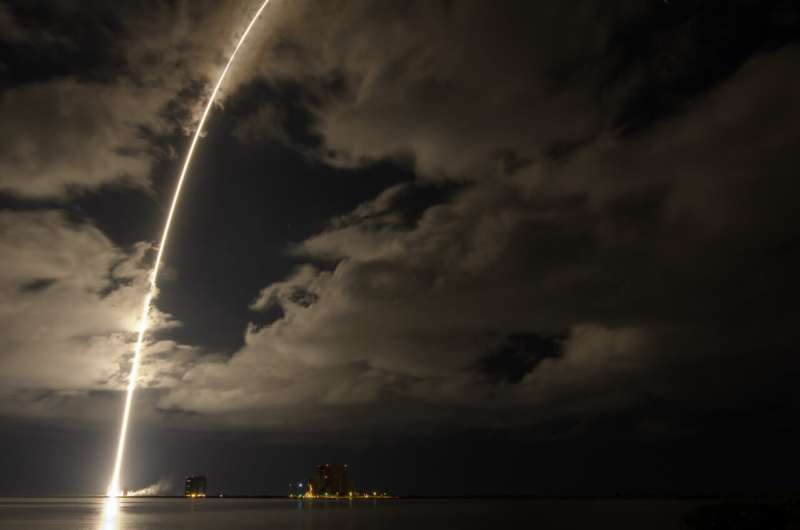
NASA, ULA Launch Lucy Mission to ‘Fossils’ of Planet Formation
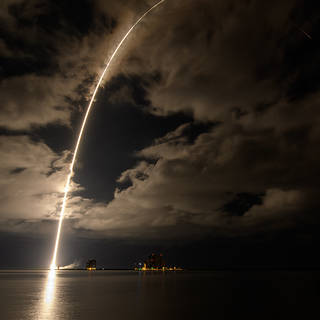 NASA’s Lucy mission, the agency’s first to Jupiter’s Trojan asteroids, launched at 5:34 a.m. EDT Saturday on a United Launch Alliance (ULA) Atlas V rocket from Space Launch Complex 41 at Cape Canaveral Space Force Station in Florida.
NASA’s Lucy mission, the agency’s first to Jupiter’s Trojan asteroids, launched at 5:34 a.m. EDT Saturday on a United Launch Alliance (ULA) Atlas V rocket from Space Launch Complex 41 at Cape Canaveral Space Force Station in Florida. China launches 3 astronauts on 6-month space station mission
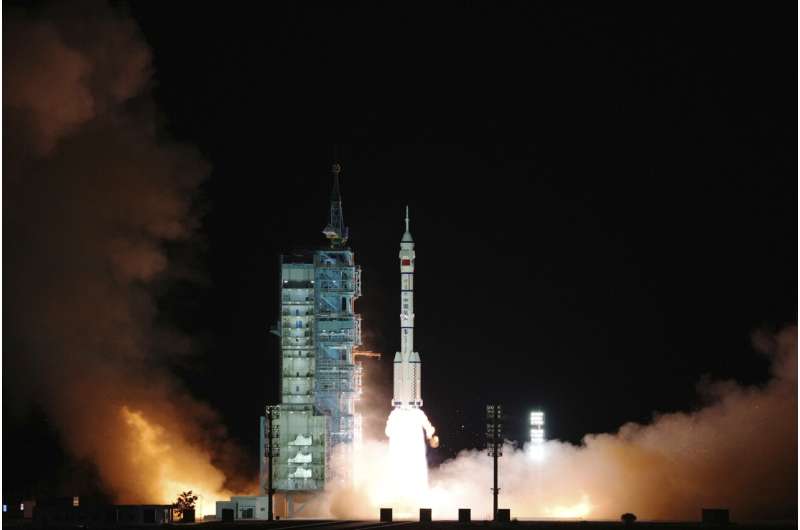
China on Saturday sent three astronauts to its space station for a record-setting six-month stay as the country moves toward completing the new orbiting outpost
The Shenzhou-13 spacecraft carrying the three astronauts was launched by a Long March-2F rocket at 12:25 a.m. Saturday.
The two men and one woman are the second crew to move into the spacestation, which was launched last April. The first crew stayed three months.
Solar storm stirs stunning aurora
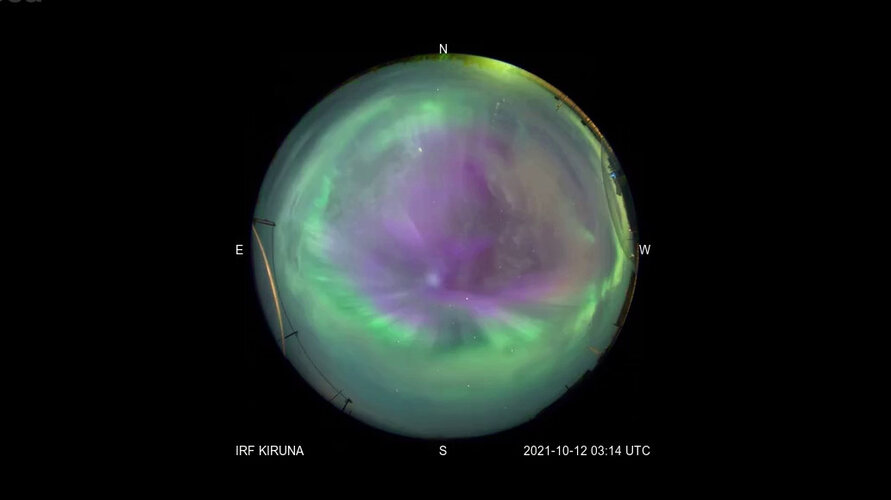 Video:
00:00:29
Video:
00:00:29
After the Sun ejected a violent mass of fast-moving plasma into space on 9 October, ESA waited for the storm to strike. A few days later, the coronal mass ejection (CME) arrived at Earth, crashing into our planet’s magnetosphere, and lighting up the sky.
CMEs explode from the Sun, rush through the Solar System and while doing so speed up the solar wind – a stream of charged particles continuously released from the Sun’s upper atmosphere.
While most of the solar wind is blocked by Earth’s protective magnetosphere, some charged particles become trapped in Earth’s magnetic field and flow
Imminent asteroid missions could reveal our origins, and help save Earth from deadly strike
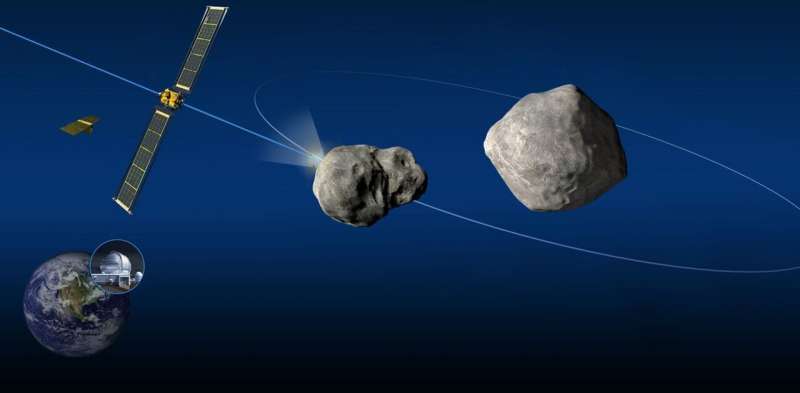
Asteroids are remnants of the early Solar System, with the potential to reveal secrets of our planet's origins. But they could also bring an end to life on Earth. Now two missions, Lucy and DART (Double Asteroid Redirection Test) will provide further insights into both of these features—with DART even attempting to redirect the orbit of a moon around an asteroid.
Space rocks are generally considered to be asteroids if they are larger than approximately 1km in size, and made principally of "non-volatile" materials—chemicals that can be easily vaporized. Carbon monoxide, for example, is volatile as it vaporizes at a temperature of -191°C. But iron, with a vaporization point of 2,862°C is non-volatile.
This is somewhat different to comets. Asteroids are found more commonly in the inner Solar System, whereas comets with their volatile-rich composition tend to lurk in the outer part, far from the heat of the Sun.


